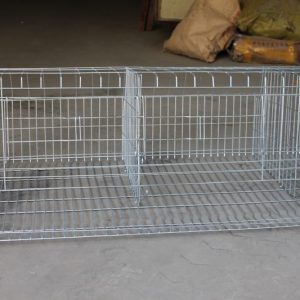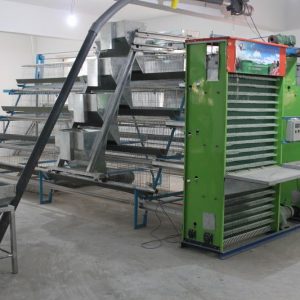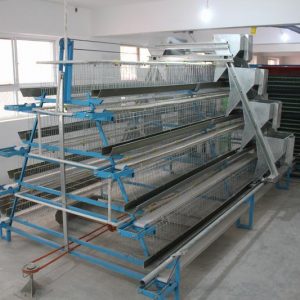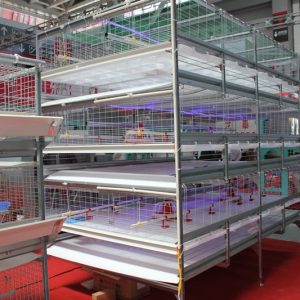
The characteristics of chicken cecal tissue trichomoniasis
The incubation period of this disease is generally 15 to 20 days. The sick turkey is mentally wilted, loses appetite, shrinks its head, and has loose feathers. The scalp is often purple-blue or black, so it is called blackhead. As the disease progresses, the sick turkey is depressed, standing alone in the corner, wings drooping when standing, eyes closed, head retracted into the body and under the wings, walking like a stilt gait.
There are usually two courses of disease: one is the most acute case, with blood in the stool or complete blood in the stool. The other is a chronic case. Sulfur-colored feces are discharged from sick turkeys. This situation is rare in chickens, but bloody cecal excrement has been seen. Larger chronic cases of turkeys generally show weight loss. About the twelfth day after infection, the turkeys begin to lose weight, and the chickens rarely show clinical symptoms. After infection with tissue trichomoniasis, the total number of white blood cells increased on the first day, and reached a peak on the tenth day, 70,000 per cubic millimeter. The main reason is the increase in heterophils, but monocytes and eosinophils increase significantly in the recovery period. The total number of lymphocytes, basophils and red blood cells remained unchanged, and the blood cell count returned to normal 21 days after infection.



